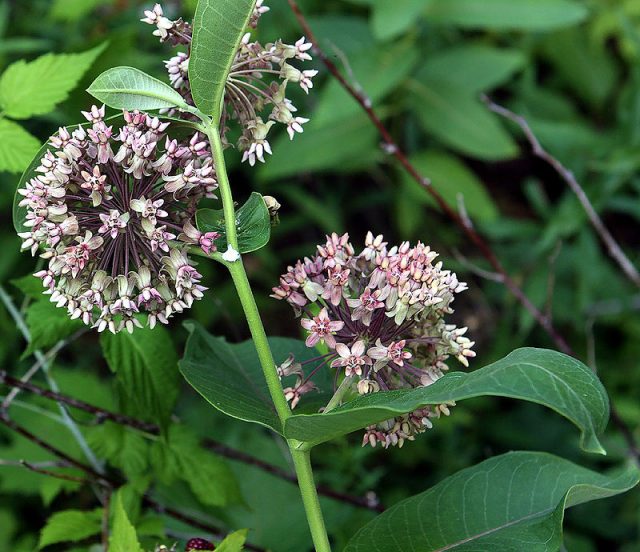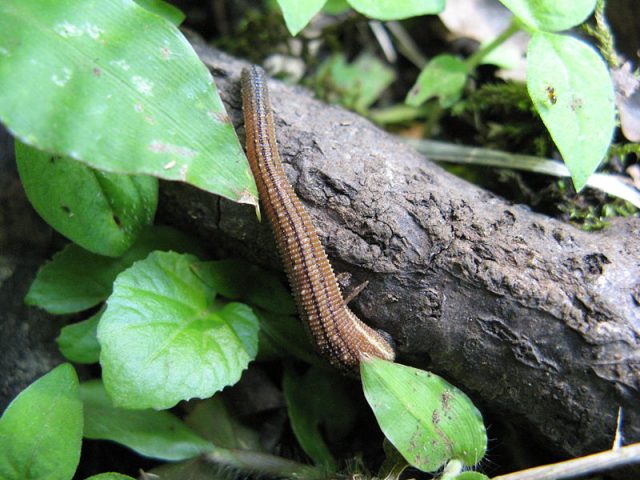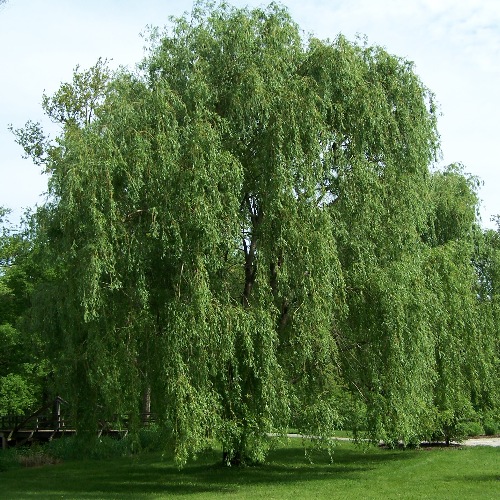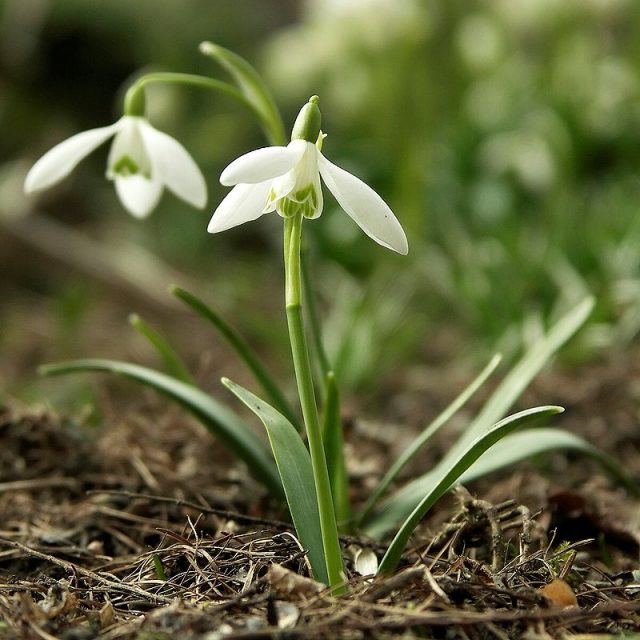Ancient remedies that are still in use by modern medicine
Contrary to the popular belief, the ancient wisdom once served mankind in the past, is still relevant in many parts of the world. Ancient medicinal techniques and materials are often seen at work amidst the current age of antibiotics and other drugs. Following is a list of famous old medicinal practices and plants that are still very much alive and relevant.
Milkweed

The white thick liquid from this plant found very commonly has many wild and scientific names and was first described in the written form in Complete Herbalist by Nicolas Culpeper in 1826 and was therein described as a good treatment for warts. However, do not try to treat anything with Milkweed or as it is also known as the Petty Spurge. Milkweed is considered a native plant to the European continent which was taken to Australia by a biochemist Dr Jim Aylward.
Dr Aylward had always felt fascinate by the plant which his mother grew in their garden and according to Aylward swore by it. In 1997 Dr Aylward decided to isolate the active ingredients of the sap namely Ingenol mebutate. Most recently the clinical trials of Picato have tested a gel derived from milkweed sap which has been found to be really effective at stopping lesions turning into harmful skin cancer.
Leeches

For centuries Leeches have been utilized in various methods of bloodletting which has always been a popular cure for many diseases. Perhaps the most ancient record of bloodletting comes from the writings of the Ancient Greek Physician Hippocrates who proposed that there were four contributing bodily liquids inside a human which he called ‘humours’ – blood, black bile, yellow bile and Phlegm – and that any imbalance in these fluids would result in disease and illness.
The cure of course was to drain the access which was often blood. The practice was still heavily used in the 1830’s Europe and Hippocrates’ ideas were still very much relevant. Using Leeches to drain the access blood had reached its prime in the early decades of the 19th century; France imported almost 40 million leeches a year during that period. Despite the fact that the practice of bloodletting slowly died out thanks to the rise of rationality and evidence-based science; the application of Leeches however, is still alive and kicking. In the places considered the pinnacle of the modern world like London, surgeons at UCLH use bloodthirsty leeches to drain excess blood during and after microsurgery which helps accelerate the natural healing process.
Wales has now emerged as the centre of leech therapy and is considered the home of leech farming which supplies medicinal leeches to hospital and medical facilities all over the world.
Willow Tree

CC BY 3.0
Excessive wars and other ailments meant that the ancient world had one silent killer and that was pain from various injuries and diseases. In the ancient scriptures written by Egyptians and Greek physician Hippocrates one could find references to a natural painkiller extracted from the willow tree. However, the effectiveness of willow tree in relieving pain was scientifically proven by the Royal Society in 1763.
It took another century and a half for willow tree extract to become available over the counter; in 1915 the drug company Bayer started making painkillers from the willow trees and they named this miracle drug Aspirin. The aspirin and its ingredients are currently the subject of almost a thousand various clinical studies each year.
Snowdrops

Snowdrops are the main source of Galantamine, which is primarily used to treat the Alzheimer’s patients on various stages of the disease. It is believed that Soviets first started investigating the effect of snowdrops’ extract on human cognition, however, folk stories suggest that ancient Bulgarians used the Snowdrop leaves to rub on their heads in case of severe headaches. According to Professor Heinrich the reason Soviets decided to launch an investigation into the use Galantamine for Alzheimer was the wide spread use of Snowdrops as a traditional medicine; an herb that actually worked really fast.
